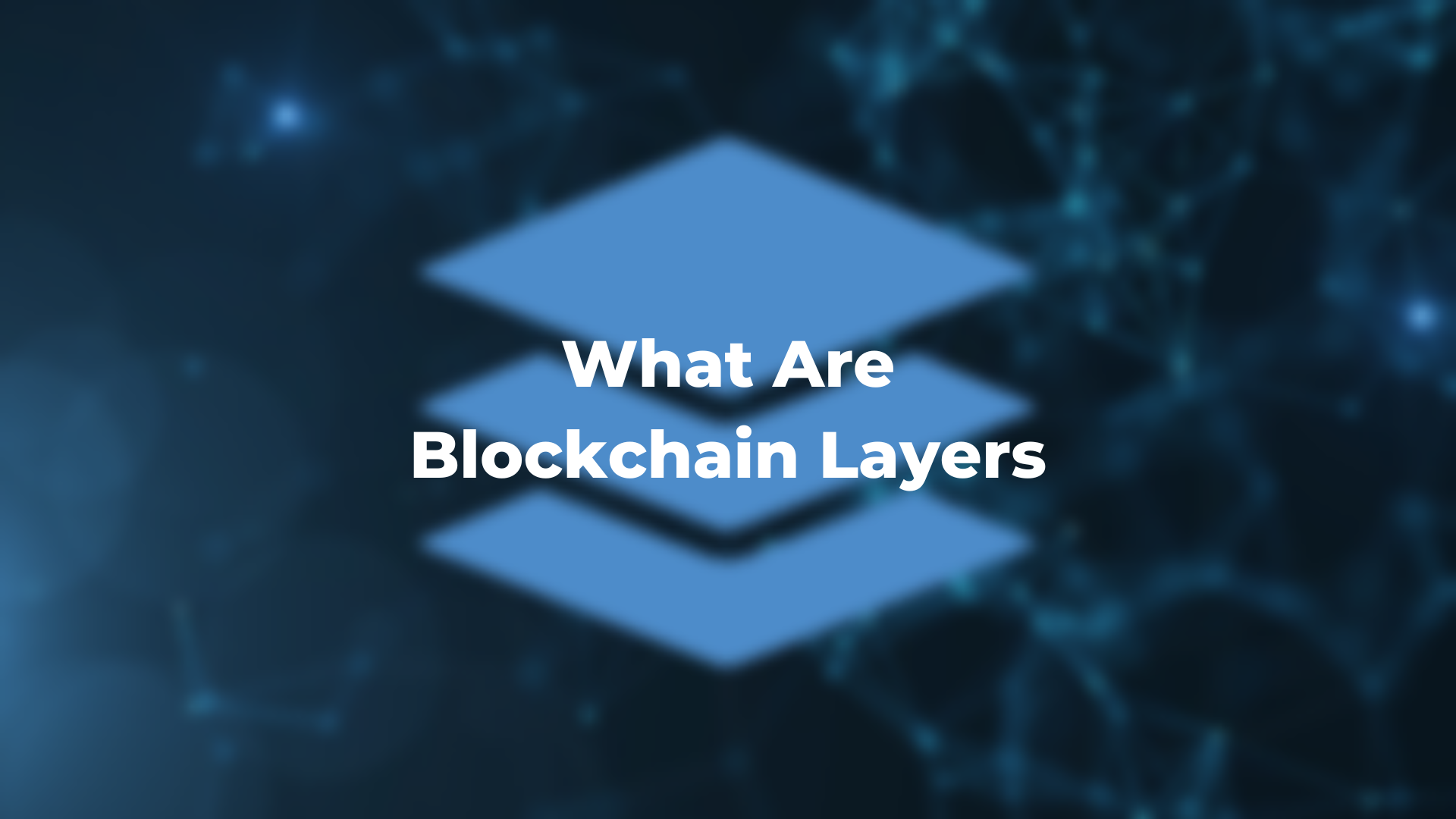In previous blogs, we’ve discussed “What is a Blockchain?” as well as what are some examples of Blockchains and how different companies are utilizing this technology. In this blog, we wanted to dive a little deeper into the technology and build upon that existing knowledge.
What are Blockchain Layers?
A Layer 1 Network or Layer 1 Blockchain is one that can validate and complete its own transactions without the help of another network or blockchain. Examples of Layer 1 technology are Bitcoin, Ethereum, BNB Smart Chain, and Solana. A Layer 2 Network or Blockchain is one that relies on another network solution (Layer 1) to complete transactions. An example of this is the Lightning Network (Layer 2) and how it utilizes Bitcoin’s network technology (Layer 1).
There are advantages of being a Layer 2 technology. Layer 1 blockchain protocol can have scalability issues slowing down transaction times. This can create situations where Layer 2s can supplement the data processing of an L1 and speed up some transactions. In the example of the Lightning/Bitcoin relationship, the Lightning network has the ability to make transactions faster than Bitcoin and then report back the end results to the Bitcoin network to verify and record the details creating a faster and more user-friendly experience. Another example of a similar relationship is the Polygon Network (L2) and Ethereum (L1).
An extremely over-simplified analogy of this would be a traffic jam on an Interstate where your Waze app says that you can save time by taking an off-ramp to a surface road, bypassing the traffic jam using surface streets and get back on the Interstate at the next on-ramp. Of course, in this example, the Interstate would be an L1 and the surface road would be L2.
What are Blockchain Consensus Algorithms?
Just like there are different types of blockchains to achieve different solutions, there are different types of algorithms that they run on. These Consensus Algorithms are procedures in which all network participants (whether they be miners, nodes, validators, etc) all reach an agreement on the validity of the recently grouped block of data.
This is in no way a complete list, but some of the more popular types of consensus algorithms are Proof-of-Work, Proof-of-Stake, Proof-of-Action, and Proof-of-Authority. We’ll dive deeper into each of these algorithms in a future blog.
